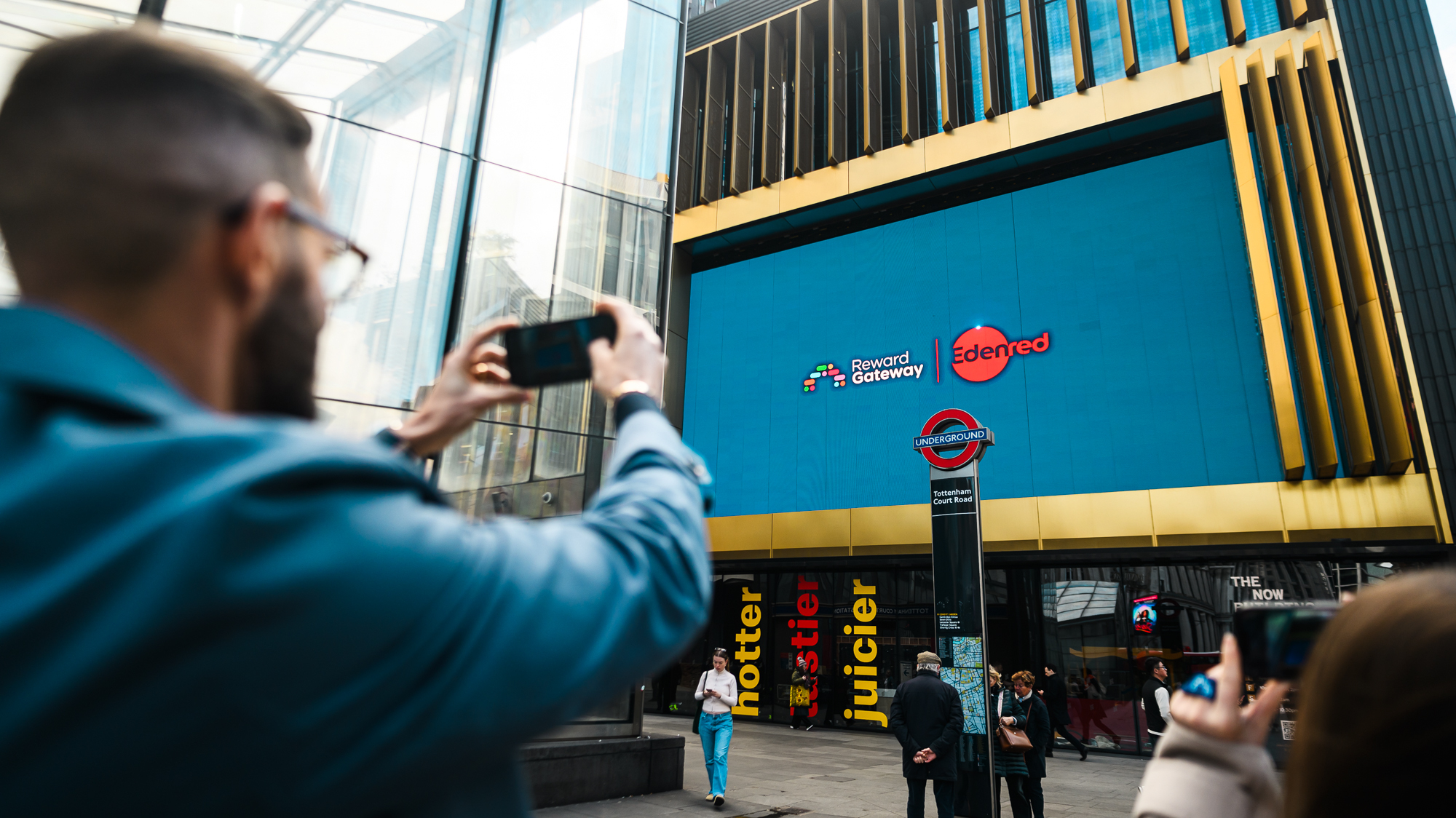When Toyota realised how much employees value health benefits, It democratised its flexible benefits offer.
A new flexible benefits scheme means every employee can pick a benefits package tailor-made for their needs.
Toyota GB is the company responsible for the sales, marketing, after sales and customer relations for the Toyota and Lexus car brands in the UK. Of the 300 staff employed in the UK, 250 are based in the Epsom head office with the remainder in field-based roles.
The business is proud of its low staff turnover; the average length of service is 14 years. However, Ben Beswick, Specialist, Data & Reward, says they are aware that the company must continue to be innovative and creative to maintain the impressive levels of staff engagement. With this objective in mind Ben and the HR team led a review of how the reward and benefits proposition could better support the business going forward and what changes they needed to make.
Making the change
“The starting point was really that when you looked at what we were offering it was clear that we had benefits which you could say were gold standard – the best kind of package you could offer employees – the problem was no-one had looked at them in their totality for a while.
So, although over the years they had been tweaked and maintained, you couldn’t describe them as a package in the round. It was also apparent that we had not asked what employees want…or what they would value,” says Ben. “Another driver from an HR perspective was that our team was finding the administration of benefits time-consuming, taking away resources which we really needed for other business priorities.”
These considerations set the context and objectives for a review, the creation of a business case for change and ultimately the relaunch of the Toyota GB benefits proposition.
“We knew that we needed to rejuvenate the benefits package, but we had to start by talking to people about what they expected and needed. We wanted to check what we were doing was right and giving our employees the right experience, so we undertook an internal survey to ask what they valued, what they knew about and what they would like to see.
This gave us a good idea of what we needed to provide, what they didn’t want and the changes we needed to make.
It was at this point we also started to build a picture about what we wanted to achieve by way of reduced HR admin, better user experience and flexibility for employees. Taken together, this is what built the case for flexible benefits which we took to the senior management team to approve.”
The time taken from initial research to implementation was nine months.
“When we looked at partners, we wanted something which was modern – a portal that was technically good and easy-to-implement – and not too complicated which is how we chose Edenred.”
The results and lessons learned
“We’ve been able to deliver some really valuable changes for the business as a result of moving to the Edenred flexible benefits portal.
From an employee perspective, the range of employee benefits outside of our core offering which they can choose – things like holiday trading, cycle to work, flu jabs, health club screening – allow every member of staff to match what they get to their current point in life and personal situation. The platform has also allowed us to work more effectively with a wide range of benefits providers but without the cost of getting each one on board.
As we have moved to an approach which is more insight and data driven, this means we can see the groups of benefits which people value and ones which may need to change. The reports on usage that we get remove any guesswork and much of the legwork involved in planning and administration.
A key part of driving up engagement with new proposition was the effort we put into ensuring it was as easy-to-use as possible from a customer perspective. Before launch we ‘pre-loaded’ every employee’s current benefits package and then asked them to log in and make the changes they want.
We were really pleased that around 75% of employees submitted their changes after launch and that, we got every employee to log in and see the new set up within timescale.
The lessons learnt for me were the importance of gaining consensus about what people want, we were careful to consult with employees and not simply spring a new benefits proposition on people.
We’ve also seen that giving people options around health benefits matters too. 80% of our staff have private medical insurance (which Toyota fully fund), half of our staff now have a dental health benefit, and 45% are on a health cash plan. These are benefits that we chose to part fund while employees can also provide their own funding too if they want to extend it to family members or get different types of cover.
The final lesson learnt is the importance not just of improving what you do but communicating it too. We were happy with the relaunch but subsequently, the introduction of total reward statements, which outline the full value of their benefits and rewards, has proved to be a powerful way of reminding our people how we continue to invest in them and provide what we believe to be a fantastic employee experience.”



